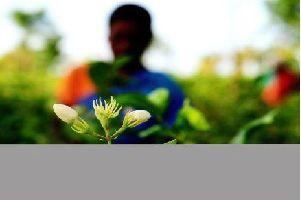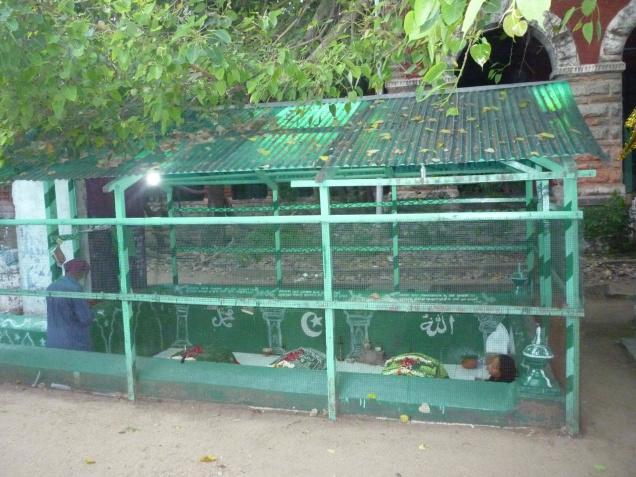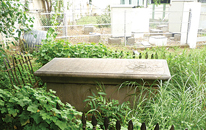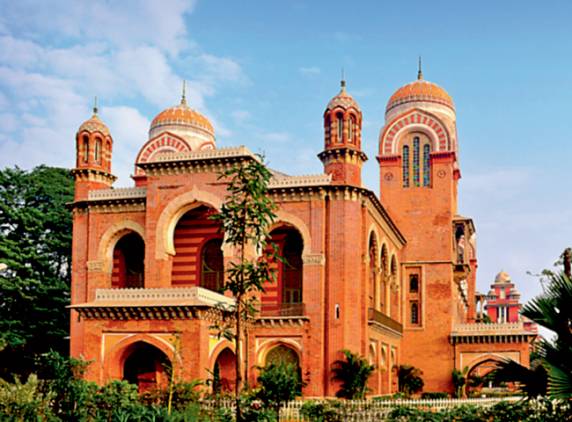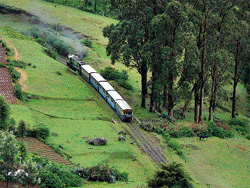Chennai:
The flower market of Tamil Nadu’s Madurai is a crowded, busy place. It is the place the perfumer creator of French fashion house Christian Dior, Francois Demachy, visits every year to imbibe the fragrances that help him create the floral perfumes that Dior is renowned for.
(Dior uses extracts of jasmine sambac and tuberose sourced from Tamil Nadu, along with other raw materials, for J’adore, one of the top selling fragrances in the world.)
Dior uses extracts of jasmine sambac and tuberose sourced from Tamil Nadu, along with other raw materials, for J’adore, one of the top selling fragrances in the world. “Jasmine sambac is used in all J’adore fragrances due to its olfactory qualities,” says Demachy, who was in Madurai recently. “For me, it is a very strong and unique ingredient, and I link its uniqueness to Indian soils.”
That is why he has been making a yearly trip to Tamil Ndu for the last eight years. For him, it is essential to see the flower grow. “It is important to feel the flower and see it in the ground, see the people who grow it and keep it in your mind like a bank,” says Demachy, who is usually off to the fields by the crack of dawn.
When Demachy joined Dior after 28 years with Chanel, J’adore was already their best selling perfume. “But I used jasmine sambac as a key ingredient for different versions, like J’adore L’Absolu, J’adore L’Or and J’adore Eau de Toilette,” says the perfumer, who is from Grasse, which is also known for its jasmine. Dior has been sourcing jasmine sambac for J’adore from the beginning. “It is one of the main ingredients along with other key raw materials like rose damascena and ylang ylang,” says Demachy.
The fragrance of many flowers that bloom in the soil of Tamil Nadu also permeate the House of Dior. “We use jasmine sambac and jasmine grandiflorum from Tamil Nadu and tuberose for J’adore Eau De Parfum, Poison, New Look from La Collection Privee CD and Escale a Pondichery,” says Demachy.
Jasmine CE Pvt Ltd has been supplying Dior with jasmine grandiflorum, sambac and tuberose extracts since 2007. “We are completely aware of their quality specifications, and products are supplied accordingly. We also hold stocks for them and supplies are made just in time for their production,” says Raja Palaniswamy, director of Jasmine CE Pvt Ltd. His company owns small fields close to Coimbatore, where the flowers are grown organically.
source: http://www.articles.timesofindia.indiatimes.com / Home> City> Chennai / TNN, October 07th, 2012
